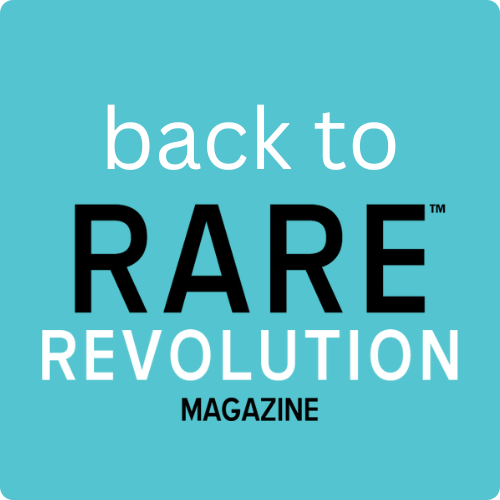Putting you in the heart of the rare community – CLOVES Syndrome Community
Estimated reading time: 4 minutes
Patient advocacy groups deliver their top three unmet needs and main asks of industry to best serve their rare community. This week’s insights come from Lauren Beauregard, executive director of CLOVES Syndrome Community


CLOVES Syndrome Community improves the lives of those affected by CLOVES Syndrome through support, research and education. We provide opportunities for people with CLOVES to connect in person and virtually, provide financial support by way of small grants to help offset the cost of living with CLOVES/PROS (related overgrowth spectrum), raise awareness of this ultra-rare condition and collaborate with researchers and scientists to further scientific understanding of CLOVES and increased treatment options.
CLOVES Syndrome is a mosaic disorder that effects many parts of the body, caused by a random gain-of-function mutation to the PIK3CA gene. It falls into a category of conditions called PIK3CA Related Overgrowth Spectrum (PROS.) CLOVES Syndrome causes overgrowth, vascular anomalies, skin changes, skeletal issues (like scoliosis), among other issues. It is a progressive disease, with no cure. While some treatments do exist, they do not work for everyone, which is why continued research is so important.
What are your top three unmet needs or main asks of industry to best serve your rare ecosystem?

We are ready and happy to collaborate and consult on the design of clinical trials, research projects and scientific exploration within our field and spectrum of disorder. When partners come to the table with our community’s wellbeing at the centre of their purpose, our community can move mountains. On the flip side, when a partner comes to the table with their own needs at the helm, the community can sense it and their willingness to participate is diminished.

It takes funds to run a rare patient advocacy organisation. We want to collaborate with industry, but every meeting I attend takes me away from patient-facing activities, strategic planning and (most notably) fundraising. Meaningful compensation like sponsorships (especially multi-year grants and those not tied to specific programmes/projects) allows our organisation to offset some of those costs. Remember, many rare patient advocacy organisations are run by one or two people in total. Sponsorship can allow us to increase organisational capacity and in turn provide more support to our industry partners in the future.

The development of a treatment is only part of the solution. We need industry to be proactive in considering the affordability and accessibility of the treatments in development, working collaboratively to find solutions that ensure timely access for all patients, regardless of income or other barriers.
Connect with Lauren
in the thick of it puts you in the heart of the RARE communities you serve.
To connect with more RARE communities click below.

